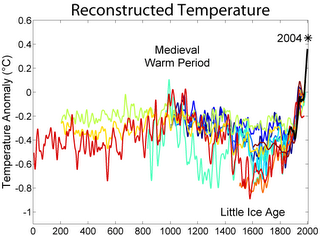The ECO sensors on the shuttle are
causing problems once again. This
old song doesn't say the half of it.
The issue:
Engine Cut-off (ECO) Sensors 3 and 4 on the shuttle external tank intermittedly fail. ECO sensors are used to determine whether the external tank still has fuel or not. They read as dry or wet. If the ECO sensors fail during launch, there is the possibily they could misread whether the tank has fuel if back up systems fail. The consequences of the shuttle main engines running without external tank liquid hydrogen fuel are disastrous.
When I first started blogging about the ECO sensors on the Shuttle, I never figured it would become a never ending saga. I have no real experience with ECO sensors, NASA, or extensive engineering experience really.
What I have is an engineering degree, some small engineering experience and an opinion - that's it. Given some time I guess I'll be able to call myself a wise old moron, but for the time being I'm nothing but a young engineer still wet behind the ears.
But even with the rudimentary experience I have, I could tell you when this problem first popped up last year that the ECO sensors problem was never resolved no matter how much NASA said it was.
It's a reccuring problem I see in engineering. The first step in solving a problem is understanding the problem.
It sounds so simple, but it so often overlooked. The common engineering problem solving methodology is to throw whatever you have at the problem and see if it works at solving the problem. That can no doubt work. I've seen it work. But you can never say for sure that you solved the problem - only that you think you did, or at worst you patched up the problem for the time being.
NASA never understood the ECO sensors issue. They didn't get why ECO sensor 3 and 4 seemed to fail at seemingly randomn times.
For those uniniated here's a brief history of the ECO sensor issue:
June 2005: New External Tank fitted with new heaters meant to prevent ice build ups. After subsequent fueling tests ECO sensors were found to be misreading. Engineers came up with two possible failure causes. The first was that the new heaters were interfering with the ECO sensors somehow. The second was that it was the tank itself that just had faulty sensors. They swapped tanks. Engineers requested that a new fueling test be done to confirm or deny that it indeed was the tank. NASA managers rejected the request.
July 2005: ECO sensor issues still present. Another fueling test may have been requested and denied. Problem now believed to be electromagnetic interference in the tank, possibly from newly installed heaters. Grounding of ECO sensors also identified. Testing was done to confirm or deny grounding being an issue. It was determined that it was not the cause of the problem. Strangely the launch proceeded anyways, in spite of their not being a resolution to this issue.
March 2006: Another launcha attempt, another ECO sensor problem. Again the same sensors are showing failure, and again they are ignored, and the launch happens as soon as they can get the sensors to not fail.
Present: Another launch attempt. ECO sensors are showing failure. No one knows what to do. The launch is stalled.
So just precisely what have we learned?
The problem is not grounding. The problem isn't tank specific. The problem is inherent in the Shuttle design.
Did this problem exist before the installation of the new heaters? If it didn't, it's a good bet they are the cause of this problem. They are the one issue never tested for as far as I can see.
But what do I know? I'm a young engineer still wet behind the ears.
The Trouble With Sensors VIThe Trouble With Sensors VThe Trouble With Sensors IVThe Trouble With Sensors IIIThe Trouble With Sensors IIThe Trouble With Sensors IAddendum:
Ed is renewing his call for NASA to be disbanded over the Shuttle's latest delay.


